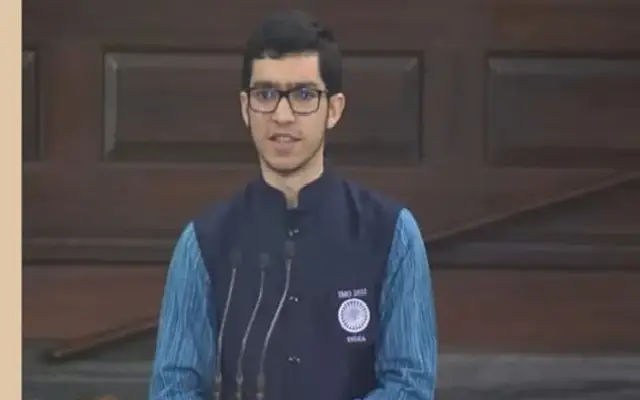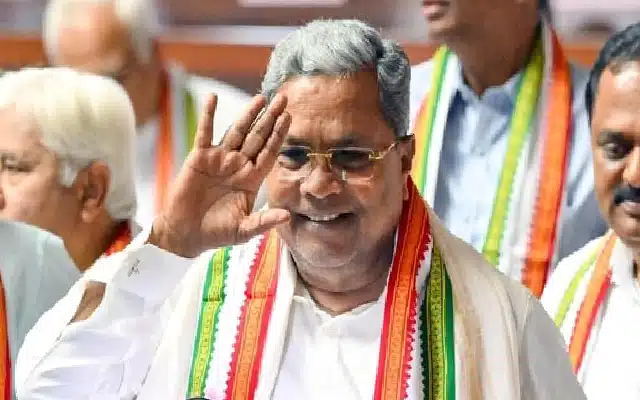New Delhi/Varanasi: Japan on Saturday committed billions of dollars of investments in India, including a $12-billion loan at negligible interest for the much touted “Bullet Train” and another $12 billion for the “Make in India” initiative, besides inking far-reaching pacts on defence and nuclear energy as part of what has been termed as the “Power of 16” agreements.

The 16 agreements came during Japanese Prime Minister Shinzo Abe’s visit to India, during which he also attended the annual bilateral summit on the “special strategic and global partnership” with his host and Indian counterpart Narendra Modi.
“Today, we have scaled new summits in our shared journey,” a visibly pleased Modi told the media after his delegation-level talks with the visiting Japanese side, led by Abe. “The partnership between India and Japan has infinite potential. I’m convinced of that,” Abe, on his part, added.
The Indian side was particularly elated with the package for the high-speed train between Mumbai and Ahmedabad, as it comes with an interest of a mere 0.1 percent, a duration of as many as 50 years and a moratorium on repayments up to 15 years.
Modi also thanked Abe for the “Japan-India Make-in-India Special Finance Facility” of up to 1.5 trillion yen ($12 billion approximately) to promote investments from the Asian giant, mainly in infrastructure that need long gestation funding.
With India assuring Japan that it will become a full member in the four international nuclear export control regimes, Tokyo also moved forward and decided to ink a pact with New Delhi to cooperate on peaceful uses of nuclear energy after finalising the technical details.
“This is a shining symbol of a new level of mutual confidence and strategic partnership in the cause of a peaceful and secure world,” Modi said, adding the pact envisaged on nuclear energy cooperation would extend beyond commerce and clean energy.
Modi also said that India will extend to the Japanese people the visa on arrival facility from March 1 next year, and forge better ties in the defence sector, including the potential purchase of equipment such as the US-2 amphibian aircraft for the Indian armed forces.
Similarly, Abe said in the next five years Japan would like 10,000 young Indian talents to visit his country under such frameworks as student exchange, IT training and short term programmes, and hoped that this will provide solid bonds for future relations.
The two sides also took their ties forward on maritime issues, in both the bilateral and regional context. On the one side, both leaders welcomed Japan’s regular participation in the India-US Malabar Exercises, while also expressing concerns over challenges in the Indo-Pacific region.
Without making a direct reference to the concerns among some countries about China’s expansive claims in the South China Sea, Modi also said India stood strongly for ensuring freedom of navigation and over-flight, and unimpeded maritime commerce.
Starting the day with a meeting with business leaders, the warmth between the two “friends” was visible when Modi and Abe used the Bullet Train (Shinkansen in Japan) as an analogy to praise each other.
“Prime Minister Modi’s economic policies are like Shinkansen — high speed, safe and reliable and carrying many people along,” said Abe. Modi’s counter point: “India and Japan should move ahead together, not just in the sphere of high-speed trains, but also for ‘high-speed growth’.”
Modi said India and Japan will shape an Asian century as they realise Vision 2025 of their ties.
“No friend will matter more in realising India’s economic dreams than Japan,” said the Indian prime minister. “I cannot think of a strategic partnership that can exercise a more profound influence on shaping the course of Asia and our interlinked ocean regions more than ours.”
With bilateral talks and business meetings wrapped up in New Delhi earlier in the day, Japanese Prime Minister Shinzo Abe experienced a spiritual retreat on the banks of the holy Ganges river at the Dasaswamedh ghat here.
Abe, accompanied by Modi, not only meticulously followed the rituals of Ganga pujan, aachman and sankalp as described by priests, he also photographed from his personal cell phone the festivities and the Ganga aarti. In between he also chatted with Modi and enquired about the number of ghats and other holy activities in Kashi, an official present told IANS.
Dressed in a black trouser and shirt and a contrasting khaki waistcoat, the 61-year-old allowed the priests performing the Ganga pujan to smear his forehead with a vermilion and sandal-camphor mix paste and even tied a ‘kalawa’ (holy red thread) on his right wrist. The thread, he was told by eminent priest Chandramauli Upadhyaya, was auspicious and meant well for the person sporting it.
















